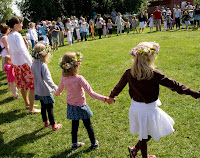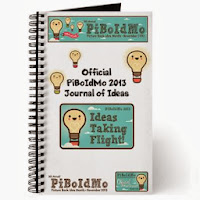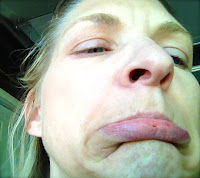Let's Celebrate (all of the) Holidays!

The Annual Highlights Fiction Contest is coming up! Entries can be up to 800 words and the deadline is 1/31. This year's topic is Holiday . While Christmas & New Years are top of mind right now, I thought a list of other holidays may be great inspiration for everyone, whether entering the contest or looking for a new idea to start the year. Love this photo of a traditional Midsummer Dance! (By Totte Jonsson via sxc.hu) Nature Holidays: Earth Day, Arbor Day, Groundhog Day, Summer Solstice, Winter Solstice, May Day, Midsummer Day Fun Days: New Year's Eve, St. Patrick's Day, April Fools, Halloween, Festivus (for the rest of us), Talk like a Pirate Day, Chinese New Year, Leap Day Thankful Days : Thanksgiving, Boxing Day Holidays of Love : Valentine's Day, Mother's Day, Father's Day, Children's Day, Grandparents Day, Sweetest Day Religious Holidays : Mardi Gras, Ash Wednesday, Palm Sunday, Passover, Good Friday, Easter, Dyn...
















